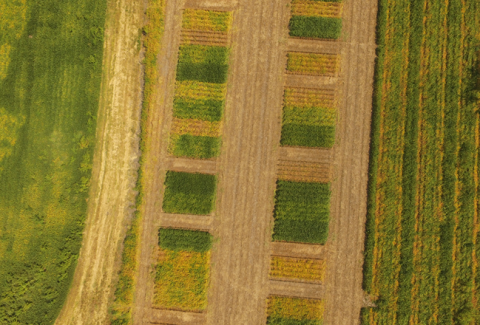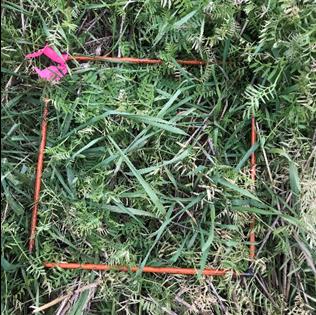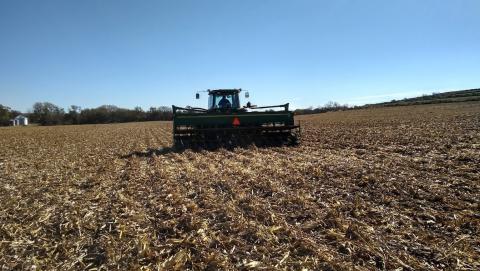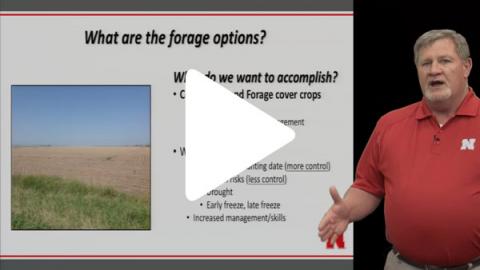Using Cover Crops as a Weed Management Tool for Managing Herbicide-Resistant Weeds
January 9, 2019
Cover crop research trials were conducted in 2017-2018 at the UNL Havelock Research Farm near Lincoln to discover the impact of soybean maturity group, planting date, termination date, and herbicide use on on management of winter- and summer-annual weeds.
Impact of Cover Crop Management on Rainfed Corn Production in Western Nebraska
January 9, 2019
Researchers report their findings from a one-year cover crop study at two sites in western Nebraska to study the impact of planting and termination dates and cover crop species selection. This article is part of the Crop Production Clinic Proceedings 2019.
Extension Successful Farmer Series Starts January 4
December 12, 2018
Friday mornings from Jan. 4 to Feb. 8 Nebraska Extension in Lancaster County will host a meeting series on timely topics for eastern Nebraska farmers. Can't get into town that day? The sessions will also be live streamed.
Cover Crop Management Day Jan. 16
December 11, 2018
NRCS and Nebraska Extension are hosting a Cover Crop Management Day Jan. 16 at Columbus. Featured speakers include SDSU Agronomist Dwayne Beck and a panel of cover crop farmers.
Southeast Nebraska Cover Crop Tour and Workshop Nov. 20
November 9, 2018
View an array of cover crop systems in southeast Nebraska, hear from farmers using cover crops, and learn about integrating livestock during this free bus tour. Register now to ensure your seat and lunch.
It’s Not Too Late to Plant Cereal Rye as a Nitrogen Catch Crop Before Soybean
October 24, 2018
In trials conducted at three research stations in eastern, northeastern and south-central Nebraska, researchers investigated rye productivity and its ability to scavenge N when grown as a cover crop between full-season corn and soybeans.
Podcast: A Row Crop Farmer's Perspective on Cover Crops and Cattle Grazing
September 27, 2018
Chad Dane, a farmer from Clay County, Nebraska, discusses his experience using cover crops in a corn-soybean rotation on this week's UNL BeefWatch podcast.
Video: Forage-Livestock Options and Cover Crops Following Hail Damage in Corn or Soybean
This presentation covers cover crop forage options following hail damage in corn and soybean fields, recommended planting date, use of warm- versus cool-season grasses, recommended grazing strategies, and available resources. Daren Redfearn, Nebraska Extension Forage Crop Residue Specialist.







